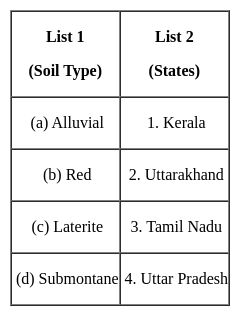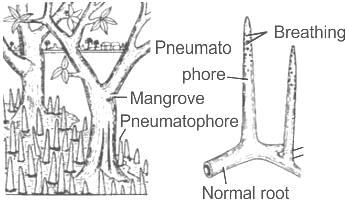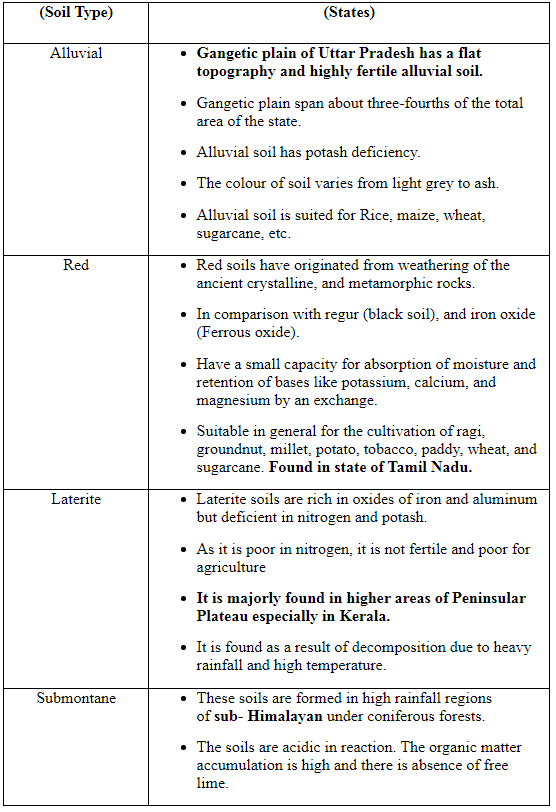Software Development Exam > Software Development Tests > Test: Resources - Software Development MCQ
Test: Resources - Software Development MCQ
Test Description
10 Questions MCQ Test - Test: Resources
Test: Resources for Software Development 2025 is part of Software Development preparation. The Test: Resources questions and answers have been prepared
according to the Software Development exam syllabus.The Test: Resources MCQs are made for Software Development 2025 Exam.
Find important definitions, questions, notes, meanings, examples, exercises, MCQs and online tests for Test: Resources below.
Solutions of Test: Resources questions in English are available as part of our course for Software Development & Test: Resources solutions in
Hindi for Software Development course.
Download more important topics, notes, lectures and mock test series for Software Development Exam by signing up for free. Attempt Test: Resources | 10 questions in 12 minutes | Mock test for Software Development preparation | Free important questions MCQ to study for Software Development Exam | Download free PDF with solutions
Detailed Solution for Test: Resources - Question 1
Detailed Solution for Test: Resources - Question 2
Detailed Solution for Test: Resources - Question 3
Test: Resources - Question 4
The highest production and largest reserves of manganese ore lies in the state
Detailed Solution for Test: Resources - Question 4
Test: Resources - Question 5
In which one of the following states is the Nandadevi Biosphere reserve situated ?
Detailed Solution for Test: Resources - Question 5
Detailed Solution for Test: Resources - Question 6
Detailed Solution for Test: Resources - Question 7
Test: Resources - Question 8
Match List 1 with List 2 and choose the correct answer form the code given below:

Detailed Solution for Test: Resources - Question 8
Test: Resources - Question 9
Soil contains decayed remains of living organisms. This is called ______.
Detailed Solution for Test: Resources - Question 9
Detailed Solution for Test: Resources - Question 10
Information about Test: Resources Page
In this test you can find the Exam questions for Test: Resources solved & explained in the simplest way possible.
Besides giving Questions and answers for Test: Resources, EduRev gives you an ample number of Online tests for practice
Download as PDF





















